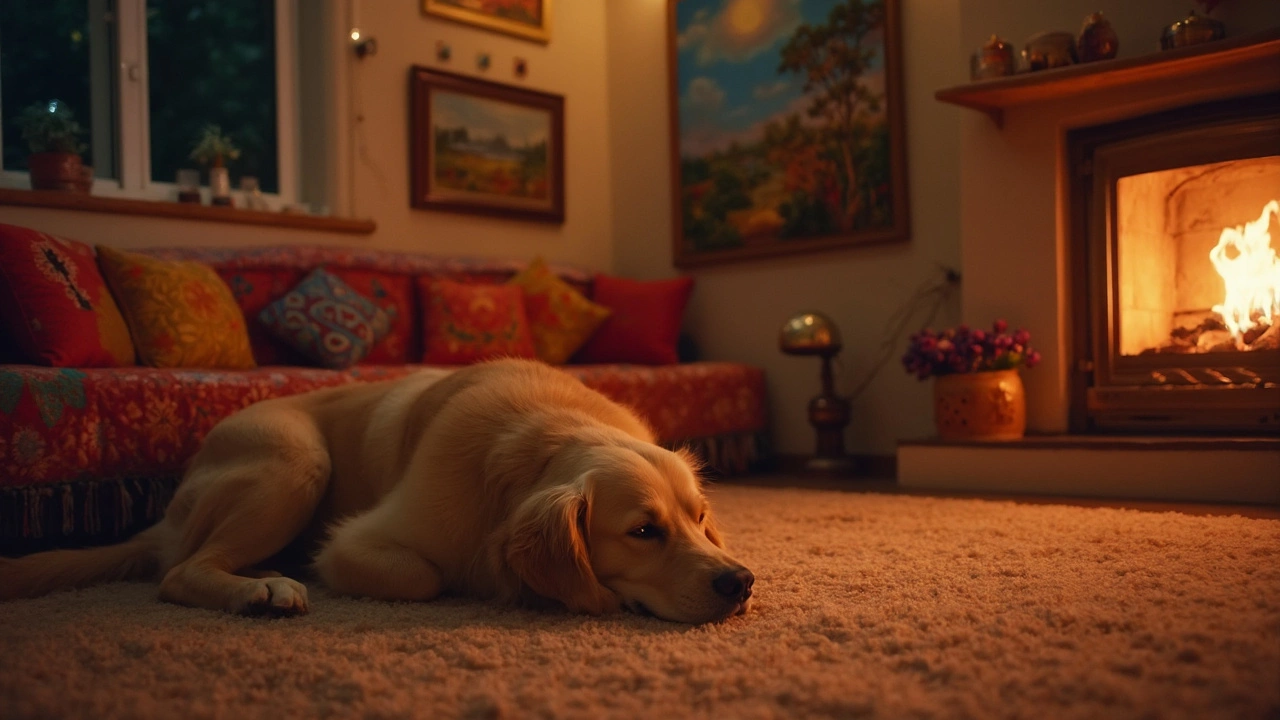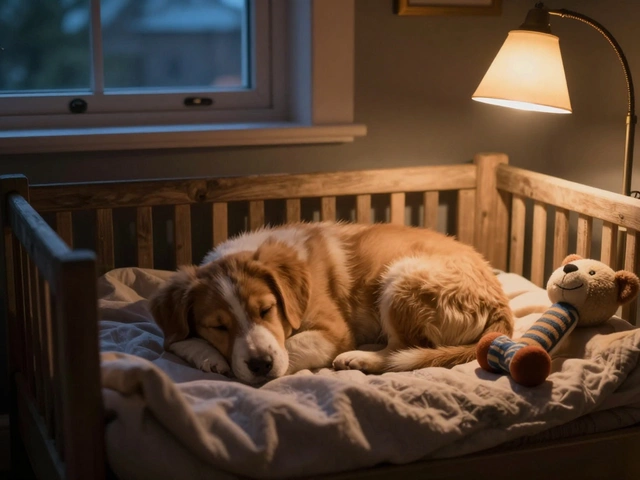Collars: How to Pick the Perfect One for Your Dog
Choosing a collar might feel simple, but the right one can keep your pup safe, comfortable, and easy to train. Below you’ll find the basics you need—no jargon, just clear steps you can apply right now.
Size and Fit Matter
First, measure your dog's neck. Use a soft tape measure and add about two fingers’ width (roughly an inch) to the measurement. The collar should slide on easily but not slip off when you tug gently. If it slides more than a couple of inches, it’s too loose; if you can’t get it over the head, it’s too tight.
Most brands list size ranges (e.g., 10‑18 inches). If your dog is between sizes, go with the larger range and adjust the buckle.
Material Choices
Collars come in nylon, leather, neoprene, and biothane. Nylon is cheap and lightweight—great for everyday walks. Leather feels sturdy and ages well, but it needs conditioning. Neoprene is soft and water‑resistant, perfect for active dogs who love the lake. Biothane is a padded vinyl that won’t soak up water and is easy to clean.
Pick a material that matches your dog’s activity level and any skin sensitivities. If your dog scratches a lot, a smooth leather or biothane surface can reduce irritation.
Safety Features to Look For
Breakaway collars are a must for dogs that spend time unsupervised or love to chew. The quick‑release buckle snaps under pressure, preventing choking. For dogs that pull, a limited‑pull or martingale collar gives you more control without choking pressure.
Reflective stitching or bands boost visibility at night. If you walk early mornings or late evenings, choose a collar with at least 2‑3 inches of reflective material.
When to Use a Harness Instead
Collars are fine for most dogs, but if your pup has a neck injury, a tracheal collapse, or pulls hard, a harness distributes pressure across the chest and back. A well‑fitted, front‑clip harness can help teach loose‑leash walking without hurting the neck.
Switching between a collar and a harness is easy—just keep both attached to the same leash and swap as needed.
Training Tips with Collars
Start by letting your dog wear the collar around the house for short periods. Reward calm behavior with treats or praise. Once they’re comfortable, attach a light leash and practice walking in a low‑distraction area.
If you’re using a training collar (like a nylon choke or martingale), never leave it on unattended. Always supervise and remove it after the session.
Maintenance Basics
Check the buckle and stitching weekly. A loose seam can turn into a break‑away point. Wash nylon collars in warm water; wipe leather with a damp cloth and apply a leather conditioner monthly. Biothane only needs a quick rinse.
Replace any collar that shows frayed edges, cracked leather, or broken hardware. A fresh collar costs less than a vet visit for a neck injury.
With the right size, material, and safety features, a collar becomes a reliable part of your dog’s daily routine. Use these tips, test the fit often, and you’ll enjoy worry‑free walks for years to come.

Should Dogs Sleep Without a Collar?
Many dog owners wonder if their furry friend should sleep with their collar on or off. This question touches on safety, comfort, and practicality aspects of pet care. Learn about the potential risks and benefits of letting your dog sleep without a collar, as well as expert tips to ensure your pet's comfort and safety. This article provides insights into the practices and recommendations that can guide you in making the best decision for your canine companion.
read more



